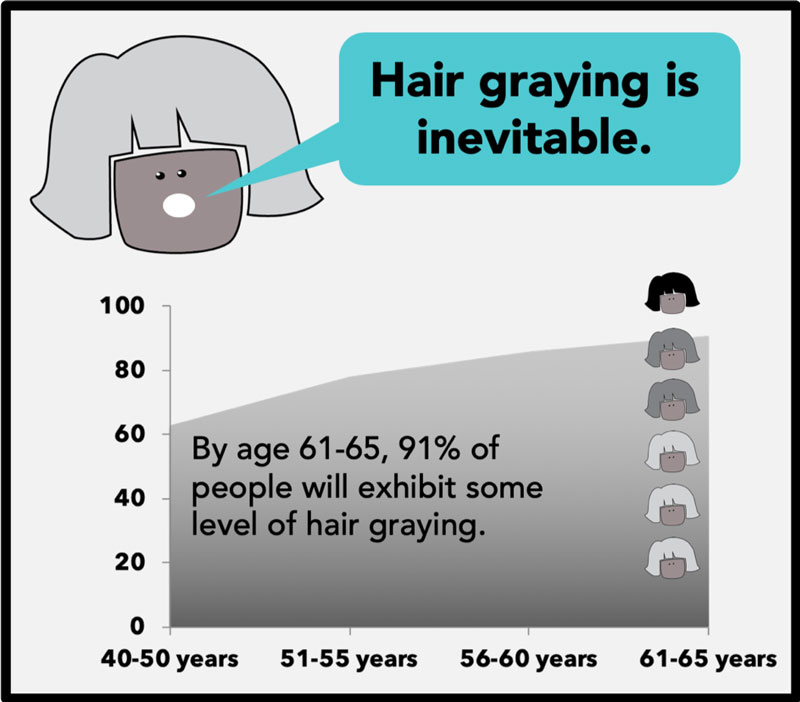The graying of hair is attributed to genetic defects hormones body distribution age climate pollutants toxins and chemical exposure

The Factors Behind Graying Hair

Have you ever wondered why our hair starts turning gray as we age? It’s a natural process that occurs in virtually everyone, but have you ever wondered what causes it? The truth is, there isn’t just one reason behind this phenomenon. Several factors contribute to the graying of hair, including genetic defects, hormones, body distribution, age, climate, pollutants, toxins, and chemical exposure.
Genetic Defects and Hormones
Graying hair can be influenced by genetic defects and hormonal imbalances. Our hair color is determined by a pigment called melanin. As we age, our hair follicles produce less melanin, resulting in the appearance of gray hair. Genetic factors play a significant role in determining when and how our hair starts to turn gray. Some individuals may experience premature graying due to genetic predispositions, while others may maintain their original hair color for a longer duration.
Body Distribution, Age, and Climate
The distribution of gray hair across the body can vary between individuals. While some may notice gray hair appearing first in their beard or mustache, others may experience it primarily on their scalp. Additionally, age plays a significant role in the graying process. As we grow older, the production of melanin decreases, leading to the graying of hair. Furthermore, climate can also impact the rate at which our hair turns gray. It has been observed that individuals living in colder regions tend to develop gray hair earlier compared to those in warmer climates.
Pollutants, Toxins, and Chemical Exposure

Environmental factors such as pollutants and toxins can contribute to premature graying. Air pollution, exposure to certain toxins, and chemicals present in some hair products may accelerate the graying process. These elements can cause oxidative stress, leading to the depletion of melanocytes, which are responsible for producing melanin. Thus, exposure to pollutants and toxins can aggravate the graying of hair.
Research has shown that diet and lifestyle choices can also influence the graying process. Nutrient deficiencies, especially vitamin B12 and vitamin D, have been linked to premature graying. Additionally, smoking and stress have been associated with an increased likelihood of developing gray hair at an early age.
It’s important to note that graying hair is a natural part of aging, and while certain factors may contribute to its onset, it is not entirely preventable. However, individuals can embrace their silver strands with pride or choose to explore various hair coloring options available today.
To dive deeper into the science behind graying hair, you can refer to this article from the Library of Congress.
Tags
Share
Related Posts
Quick Links
Legal Stuff

